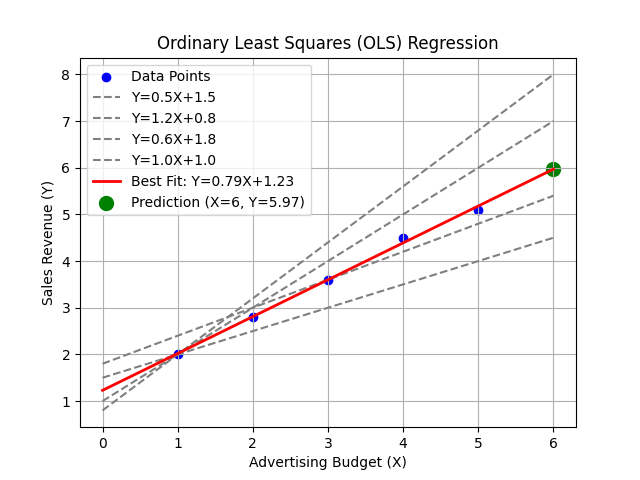Building a Smart Indian Food Recommender Using TinyLlama, Ollama, and Python
Building a Smart Indian Food Recommender Using TinyLlama, Ollama, and Python In this tutorial, we’ll build a simple yet smart food recommender system that suggests Indian dishes based on the current humidity and temperature values. The system uses a local language model TinyLlama running via Ollama, and Python’s random.randint() function to simulate real-time weather. Why […]
Building a Smart Indian Food Recommender Using TinyLlama, Ollama, and Python Read More »

